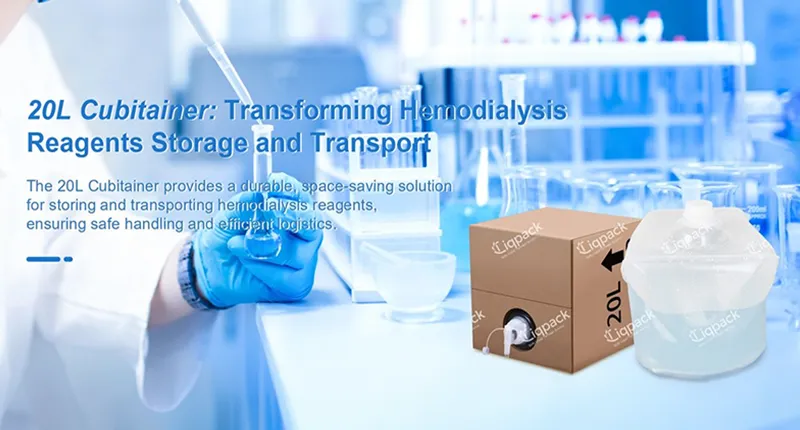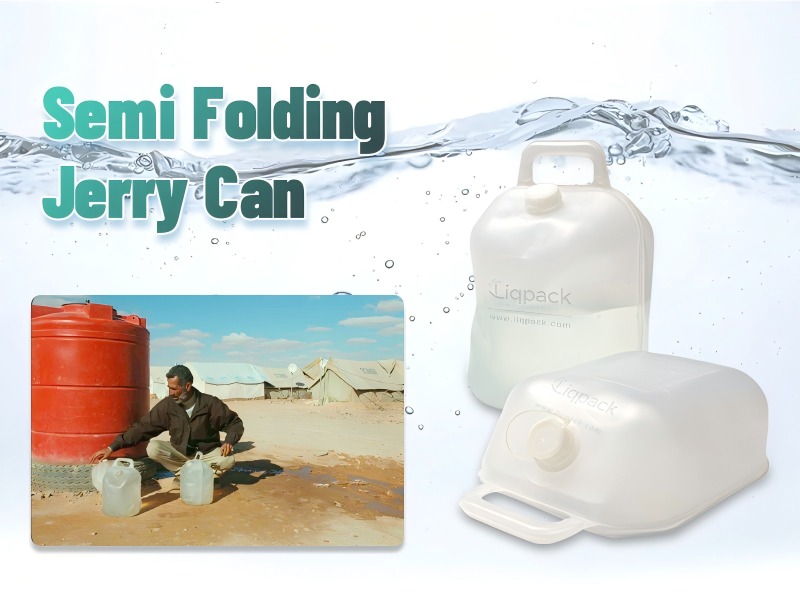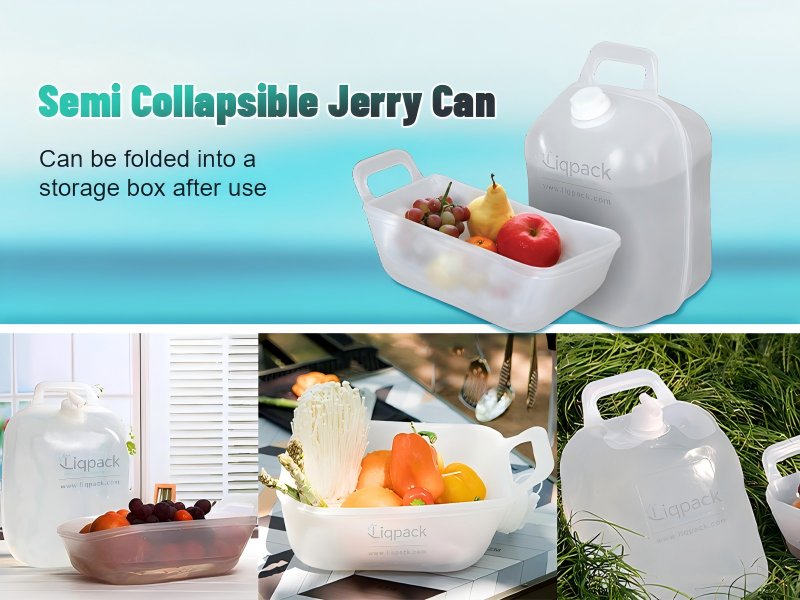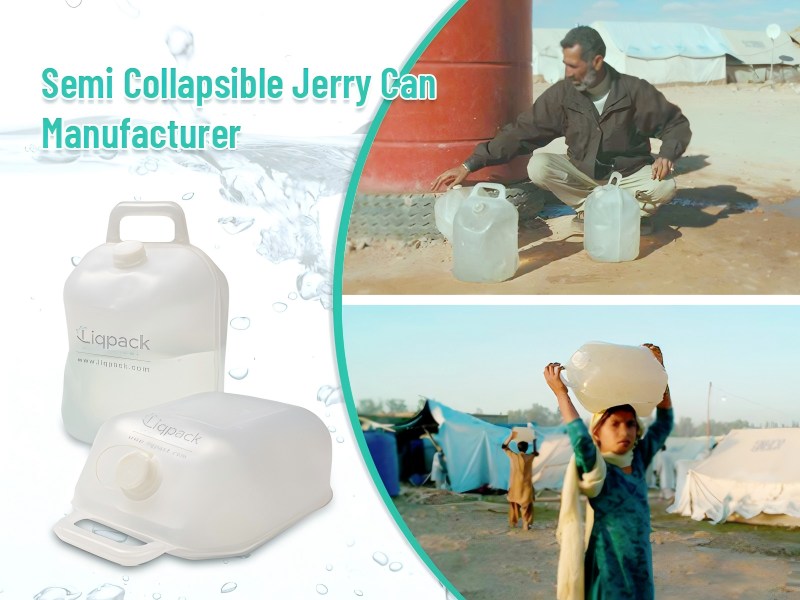
In the world of modern medicine, the safe and sterile storage and transport of fluids is crucial, none more so than in the field of hemodialysis, where purity, compatibility, and ease of handling directly impact patient outcomes. Among the various packaging options available, the 20L cubitainer has emerged as a reliable and practical solution for handling hemodialysis reagents, balancing both functional and economic needs.
This article explores the critical applications, benefits, performance characteristics, and industry standards of 20L cubitainers in the storage and delivery of reagents used during hemodialysis treatment.
Understanding Hemodialysis Reagents and Their Packaging Needs
Hemodialysis is a life-saving process for individuals suffering from kidney failure. This technique is done when the kidneys cannot effectively filter waste products, electrolytes, and excess fluid from a patient’s blood.
To perform hemodialysis, a variety of reagents are required, including:
- Acidic concentrate: Usually contains electrolytes like sodium, chloride, potassium, calcium, magnesium, and acetate or citrate.
- Basic bicarbonate concentrate: Typically includes sodium bicarbonate.
- Disinfectants, Such as citric acid or peracetic acid, are used for machine sanitation.
- Cleaning solutions: For disinfection and decalcification of dialysis circuits and filters.
These reagents must be stored in chemically stable, contamination-free containers that are easy to handle, pour, and transport. This is where 20L cubitainers stand out as an ideal solution.
What is a 20L Cubitainer?
A cubitainer is a collapsible, semi-rigid plastic container housed within a corrugated outer box. The 20L version, in particular, is popular in pharmaceutical, chemical, and dialysis applications due to its optimal volume for handling reagents in mid-scale medical operations.
Crucial Components of a 20L Cubitain:
- Either low-density polyethylene (LDPE) or high-density polyethylene (HDPE) is the material.
- Capacity: 20 Liters (5.28 Gallons)
- Structure: Inner flexible bag + outer rigid corrugated box
- Add-ons: Dispensing tap or cap, tamper-evident seal, handle for lifting
Because of its flexibility, it can collapse when contents are delivered, reducing the chance of contamination and air contact.

Advantages of Using 20L Cubitainers for Hemodialysis Reagents
Contamination Control
Cubitainers are sterile and designed to protect the reagents from external contaminants such as dust, microbes, or chemical vapors. For hemodialysis, this is critical to ensure the purity of electrolyte and buffer solutions, which go directly into contact with patient blood.
Chemical Compatibility
The polyethylene used in cubitainers offers excellent resistance to acidic and alkaline reagents. This makes the container ideal for storing both acid concentrates and sodium bicarbonate solutions used during dialysis.
Compact and Lightweight
The collapsible design of cubitainers ensures efficient use of space, both during storage and after disposal. When empty, they collapse into a small volume, reducing waste and handling effort.
Ease of Transport and Handling
20L is a manageable volume for manual handling by a single technician or nurse. The outer corrugated box often includes hand grips or lifting holes for ergonomic transport within medical facilities.
Reduced Risk of Spills
Cubitainers can be equipped with non-drip dispensing taps, minimizing fluid loss and spill-related hazards in clinical environments.
Cost-Effective Packaging
Compared to rigid HDPE drums or glass bottles, cubitainers reduce both material and shipping costs due to their lighter weight and compactness when folded.
Use Case in Hemodialysis Clinics and Hospitals
Preparation and Mixing of Dialysate
Dialysate is prepared by mixing acid concentrate and bicarbonate concentrate with purified water in specific proportions. Clinics often receive these concentrates in 20L cubitainers, which are:
- Connected directly to dialysis machines via compatible tubing.
- Designed to fit into reagent cabinets of standard dialysis equipment.
- Labeled clearly to distinguish between acid and base concentrates.
On-site Storage and Inventory
The stackable outer cartons allow clinics to store large numbers of 20L cubitainers in relatively small spaces. Each box is typically barcoded or labeled with lot number, expiration date, and reagent type to facilitate inventory management.
Waste Reduction and Environmental Compliance
Once emptied, the inner bag can be collapsed and the outer box folded flat. This reduces biohazardous and chemical waste volume and supports environmentally responsible disposal practices.
Compliance with Medical Standards
Strict regulatory requirements must be met by cubitainers used in medical applications, particularly hemodialysis, including:
- ISO 8536-2: Infusion containers for medical use.
- USP Class VI: Biological reactivity tests for plastic materials.
- FDA 21 CFR: Compliance for materials in contact with food or drugs.
- CE Marking (in Europe): For products used in healthcare environments.
Manufacturers often validate cubitainers using:
- Sterility assurance testing
- Chemical resistance testing
- Drop and compression testing
- Heavy metal content analysis
These standards ensure safety, performance, and patient protection throughout the product lifecycle.
Technical Specifications for Hemodialysis Use
| Specification | Detail |
| Volume Capacity | 20 Liters (± 5%) |
| Inner Material | LDPE (Low-Density Polyethylene) |
| Outer Carton | Corrugated cardboard, water-resistant |
| Cap/Closure | 38mm-45mm screw cap or tamper-evident tap |
| Operating Temperature | -10°C to 60°C |
| Chemical Resistance | Acid/base solutions, saline, mild oxidizers |
| Shelf Life | 24–36 months (depending on reagent) |
| Customization | Logo printing, color-coding, barcoding |
Safety and Storage Considerations
While cubitainers are designed for high performance, best practices must be followed:
- Avoid Direct Sunlight: To stop plastic or reagent deterioration, store in a cool, shaded area.
- Label Clearly: Prevent mix-up between acid and bicarbonate solutions.
- Do Not Reuse: Single-use only; discard responsibly after use to prevent cross-contamination.
- Secure During Transport: Use appropriate secondary containment in case of leaks or rupture.

Customization Options for Medical OEMs
Many dialysis reagent manufacturers or OEMs seek custom cubitainer solutions to enhance branding, workflow, and compliance. Available customizations include:
- Color-coded caps or cartons (e.g., red for acid, blue for base)
- Printed reagent name, barcode, and warnings
- Sterile packaging in cleanroom environments
- Modified outlet designs for tubing compatibility
Such adaptations improve the user experience and ensure compatibility with hospital processes and equipment.
Environmental Impact and Sustainability
- Cubitainers support sustainability goals in medical logistics due to their:
- Reduced packaging waste (compared to rigid plastic jugs or drums)
- Lower transport emissions (due to lighter weight)
- Recyclable components: Corrugated boxes and polyethylene liners can be separated and recycled in appropriate facilities.
Some suppliers now offer bio-based cubitainers or containers made from recycled PE, supporting circular economy principles in healthcare supply chains.
Future Outlook: Smart Packaging for Dialysis Logistics
With healthcare facilities embracing digital transformation, there is growing interest in:
- Smart cubitainers with RFID or QR code tracking
- IoT integration for real-time reagent usage monitoring
- Pre-mixed reagent kits in cubitainers for small clinics and home dialysis patients
These developments aim to reduce manual labor, enhance safety, and streamline inventory management, placing the 20L cubitainer at the core of next-generation hemodialysis delivery systems.
Conclusion
In the critical field of hemodialysis, 20L cubitainers offer a safe, efficient, and cost-effective solution for storing and delivering dialysis reagents. Their unique combination of chemical resistance, collapsibility, portability, and sterility makes them a favored choice across hospitals, clinics, and home-care applications.
As the global dialysis market grows and treatment protocols evolve, the humble cubitainer—lightweight yet reliable—continues to play a vital role in supporting patient safety, operational efficiency, and environmental responsibility.
- Liqpack



